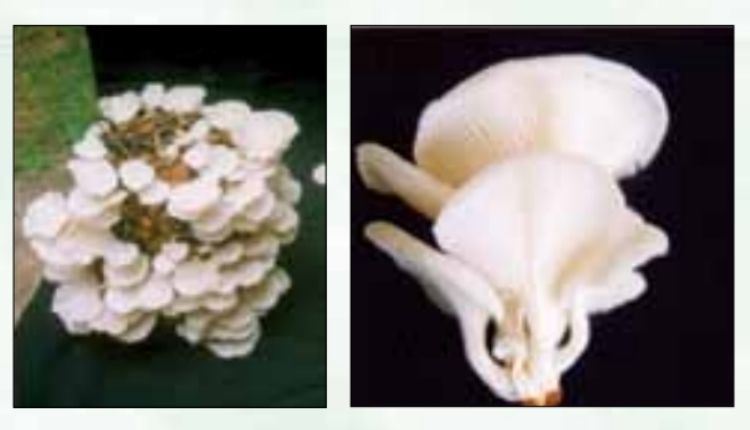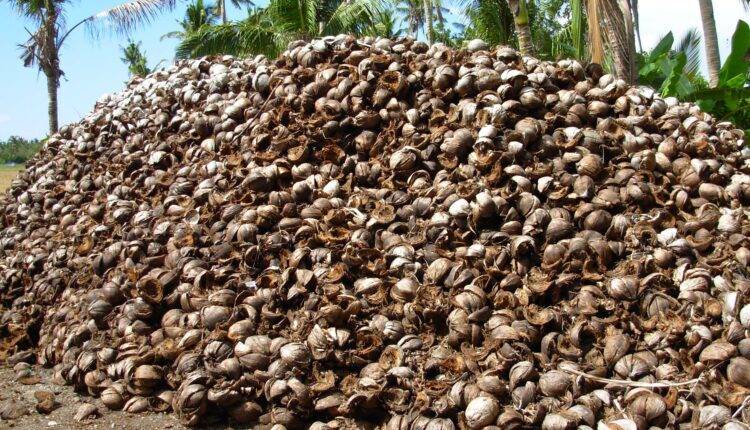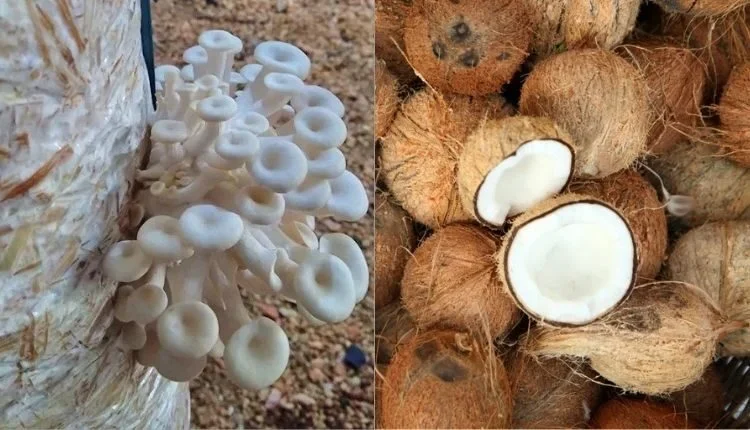Oyster Mushroom and coconut combination is profitable
Oyster mushroom cultivation is easy to cultivate and economical using coconut waste and gives huge profit
Oyster Mushroom is one such variety of mushrooms which can be grown round the year. From hotel to home, mushroom dishes are very popular among the people. It is one of the favourite vegetables especially in the urban areas. This is the reason why the demand for mushroom is increasing gradually, which is motivating more and more farmers to grow it. By the way, let us tell you that mushroom is not grown in the fields like other vegetables, rather the technique of its production is slightly different. There are many varieties of mushrooms that require different temperatures and humidity to grow.
By using one of its special techniques, you can earn more profit from it in less cost. George V Thomas, Alka Gupta, Murali Gopal at ICAR-CPCRI, Kerala together have developed a special technique of mushroom cultivation from coconut waste.

What is the specialty of oyster mushroom?
It can be grown throughout the year. The amount of protein in oyster mushroom is very high, as well as it has many medicinal properties. Oyster mushroom is also known as Dhingri.
How does the technology of using coconut waste work?
Under this technique, the waste of coconut leaves, stalks and flakes are used. Coconut waste is cut into 5-7 cm long pieces and soaked in water overnight. Then remove excess water and add the substrate (waste) at 1.02 kg per square cm for one and half hour. Sterilized by steam pasteurization in an autoclave at ( kg/cm² ) pressure. The substrate is then filled in a polybag along with the spawn (seeds). About 100 grams of spawn is put in a 3.35 kg substrate bag (garbage bag).
Sterilized rice bran is added as an organic supplement. The bags containing coconut waste are kept in the mushroom house for 15-20 days for spawning run. After the spawn run the polythene cover is opened and the compact cylindrical bed is sprinkled with water 2-3 times a day. Mushrooms will start to emerge within 5-10 days after opening the bag. This technology will provide employment opportunities to women, self-help groups and unemployed youth.
Technical specifications
- Mushroom prepared on coconut waste is more nutritious as well as full of medicinal properties.
- It contains 20-30% protein on dry weight basis and is rich in minerals, vitamin C and vitamin B complex.
- This technique does not require additional land and waste is also put to good use.
- The material left over after harvesting mushrooms can be used to make compost or vermicompost.

Benefits of technology
- Lignin-rich coconut waste can be easily converted into an edible protein source.
- This technology is not only a source of income, but also provides nutritional security to poor farming families.
- If you also want to increase income from mushroom farming, then this technique can prove to be effective for you.
Contact us: If farmers want to share information or experiences related to farming with us, then they can do this by calling us on the phone number 9599273766 or by writing an email to [email protected] or by sending your recording. Through Kisan of India, we will convey your message to the people, because we believe that if the farmers are advanced then the country is happy.



